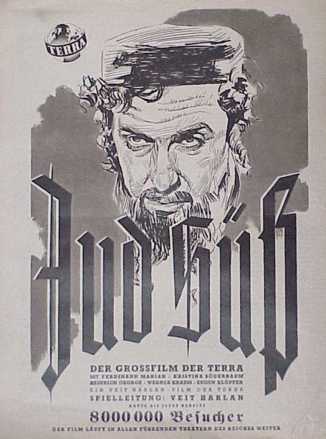

He danced around the ring, and this agility was viewed by some as evidence of his exotic “gypsy” character. Trollmann’s fighting technique was very different. Instead they were taught to stand their ground while exchanging blows. It was not considered männlich for German boxers to duck and dive from an opponent. At that time, there was supposed to be a distinctly German style of boxing. Trollmann had also encountered racist attitudes. From an early age, he displayed outstanding skills as a boxer, and, by the end of the 1920s, he had won several regional championships. Trollmann was a member of Germany’s small Sinti community ‑ a Romani people which had been settled in that country since the fifteenth century. His harrowing story has now been told in a new book by Jud Nirenberg. One of the most remarkable of the tens of thousands who suffered and died in the Neuengamme camps was a young man called Johann Trollmann. My cousin died soon after a surgical procedure had been performed on him without sterilised instruments, or any form of anaesthetic, in one of the camp huts.

They had all refused to join the German war effort and were subsequently forced to work in the construction of an enormous fortified bunker that was designed to accommodate a new type of U-boat.

He was one of thirty-two Irish seamen who had been captured on Allied merchant ships. The 55,000 individuals who died or were murdered in the Neuengamme network of camps include Sergei Nabokov, the gay younger brother of the celebrated novelist Rein Boomsma, the Dutch Resistance leader and a former international soccer star and Fritz Pfeffer, a Jewish dentist who had hidden with Anne Frank and her family in an attic in Amsterdam.Ī relative of mine also died in one of Neuengamme’s sub-camps. There were also a small number who had been sent there for criminal offences. Those slaves had been imprisoned for a variety of reasons: for their political or religious beliefs for their ethnic or racial origins and for their sexual orientation. Neuengamme may not be the best known of the many concentration camps set up by the Nazi regime, but more than 100,000 slave workers were held there and in its eighty-seven sub-camps during the Second World War. Johann Trollmann and Romani Resistance to the Nazis, by Jud Nirenberg, Win by KO Publications, 222 pp, $24.95, ISBN: 9780990370376


 0 kommentar(er)
0 kommentar(er)
